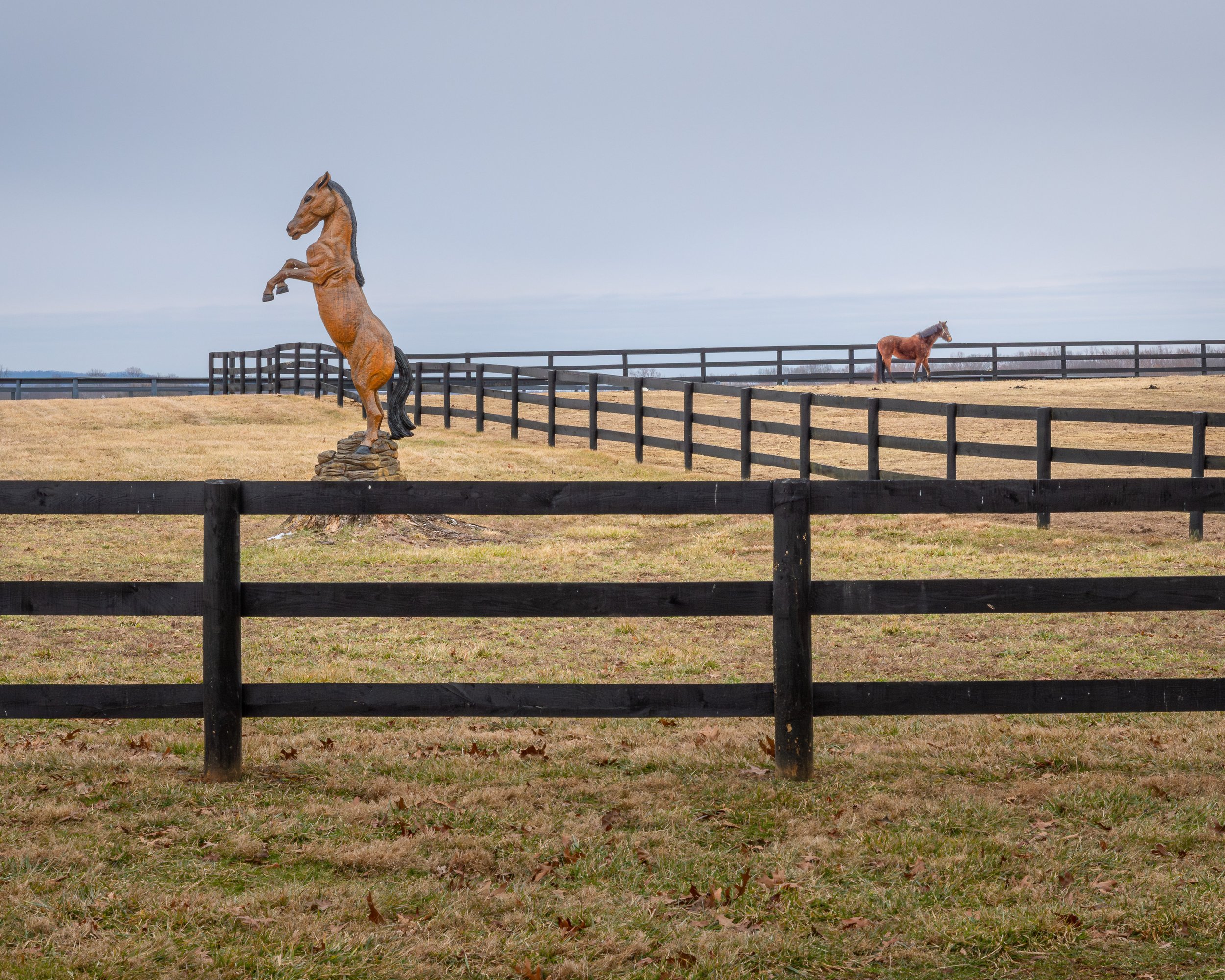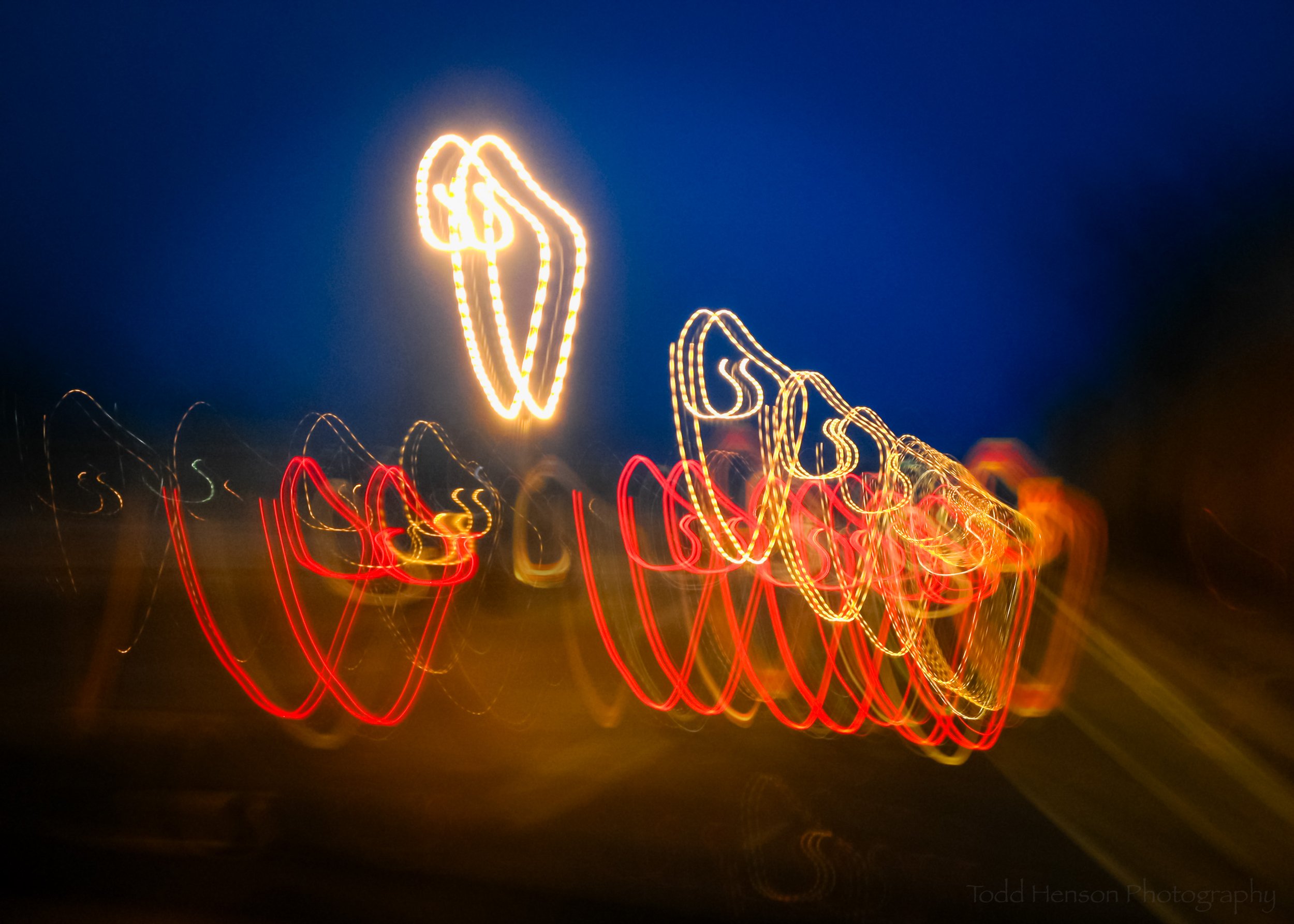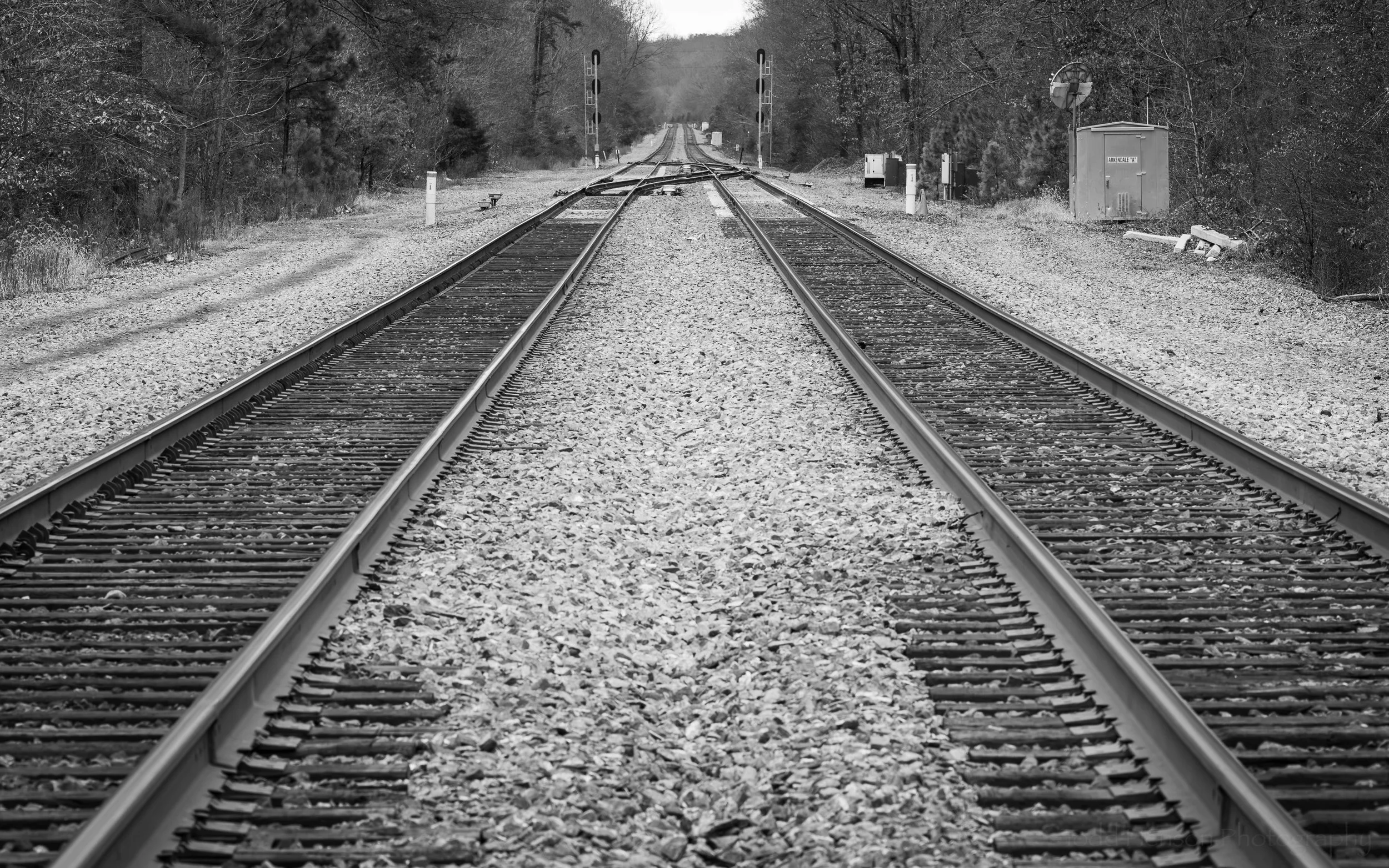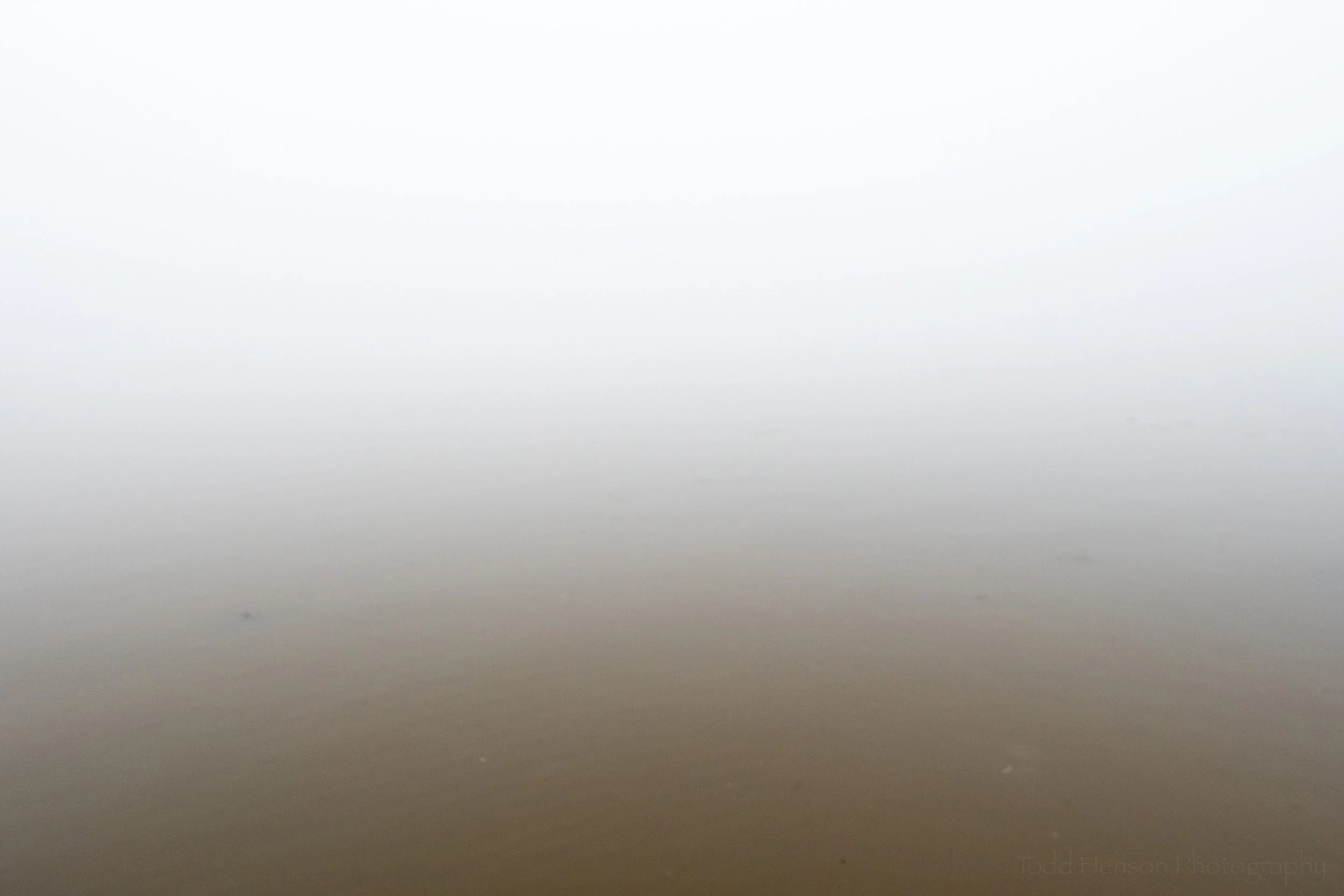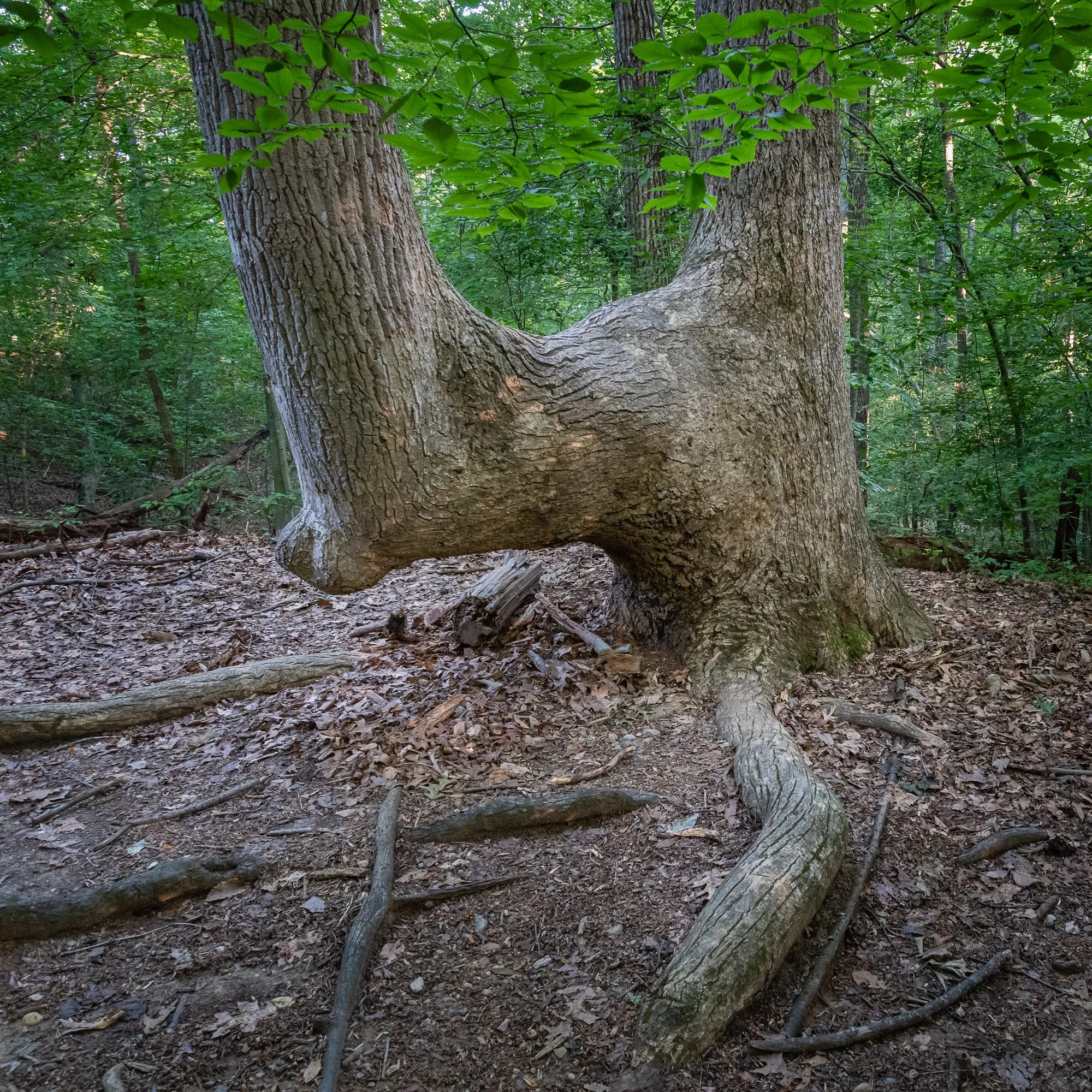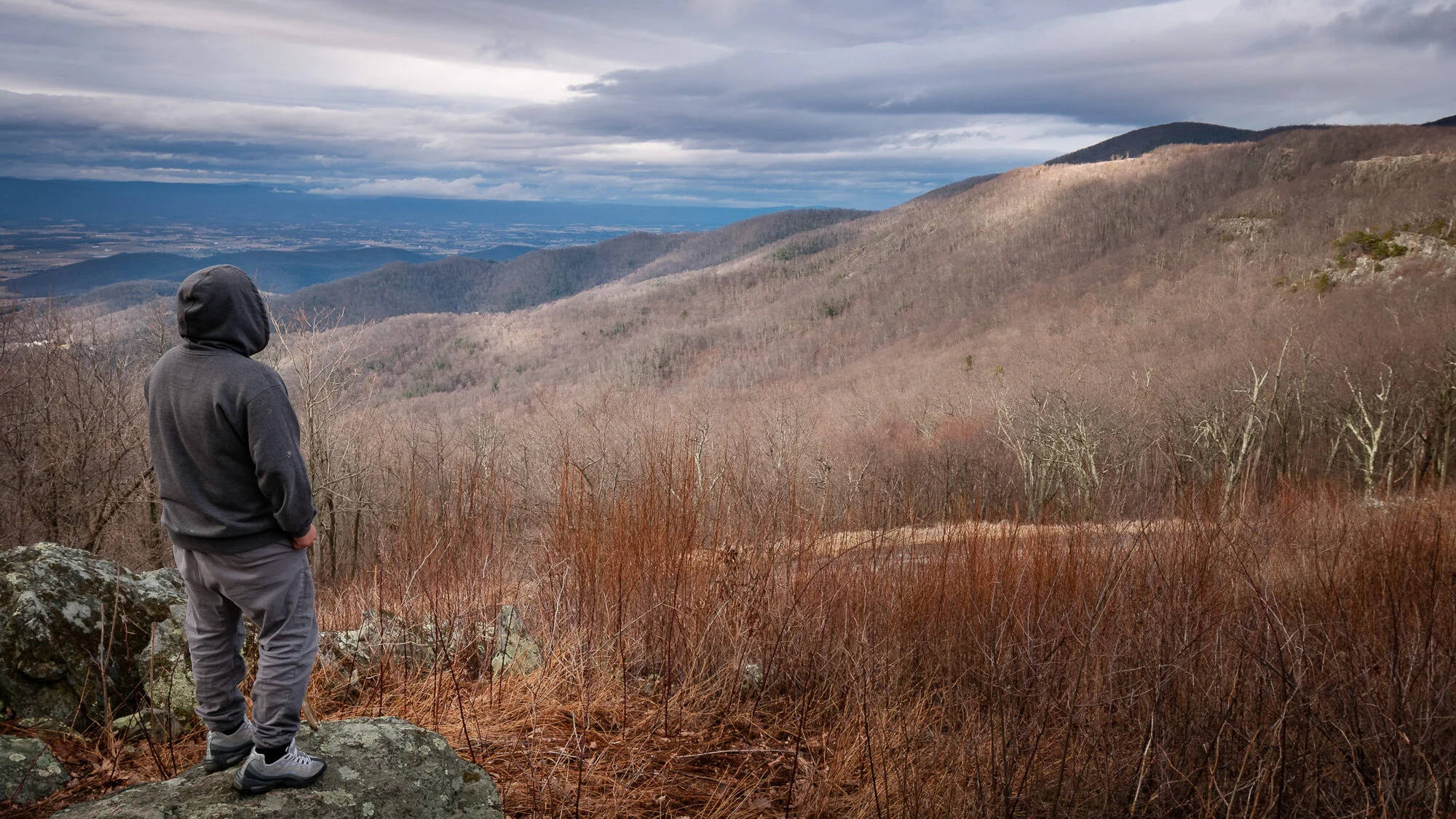The more time we spend around trees the more opportunities we have to see something interesting. Trees are like people. As much as any two of them may at first look alike, each one is different and unique, and the more time we spend around them the easier it’ll be to see and appreciate these differences. Today, though, I’m not thinking so much of those subtle differences you really have to look for, but instead I’m thinking about those trees that immediately stand out as different.
How did it grow this way?
The tree in the photo above is an example. How did it grow this way? It’s almost as if it were intentionally growing into a large bench for tired and adventurous hikers to rest on. Was there perhaps something below it when it first started growing, and now whatever that was is gone leaving this unusual horizontal growth and a second trunk growing vertically from it? And look at that little knee joint at the corner. I do like how you can see some of the large roots growing out below the second trunk seemingly to give more support and balance. This is a good sized tree so there’s a lot of weight in the second trunk.
Creekside tree
I’m often drawn to trees that grow along the bank of a creek. Frequently, you can see more of the root system and sometimes the trunks will grow in different ways. In the case of the tree above it’s not all that strange or unusual but I still find myself drawn to it, along with the fallen tree resting horizontally above the water.
Coming together
In the photo above we see two trunks coming back together, fuzed into one another. I didn’t think to photograph the tree at ground level to see if perhaps it’s a single tree that splits into multiple trunks. Either way, though, I found it interesting how one trunk branches out and then somehow attaches itself to and merges with another trunk.
The Troll
And I’ll leave it up to you to determine what you see, if anything, in the photo above. Trees often develop growths and sometimes they take on shapes that resemble other things, similar to clouds or rock formations. I don’t currently know what causes these growths. My guess would be they are similar to cancer in humans, but I’ve yet to do any research on the topic. If you happen to know please comment below.
So all these examples are my long-winded way of saying, sometimes a tree fascinates me. 😀
Do you enjoy these posts?
Sign up to receive periodic emails with updates and thoughts. Don’t worry, I won’t spam you. And please consider purchasing artwork or products from my online store, and using my affiliate links in the sidebar to the right when shopping online.
I appreciate your support!
